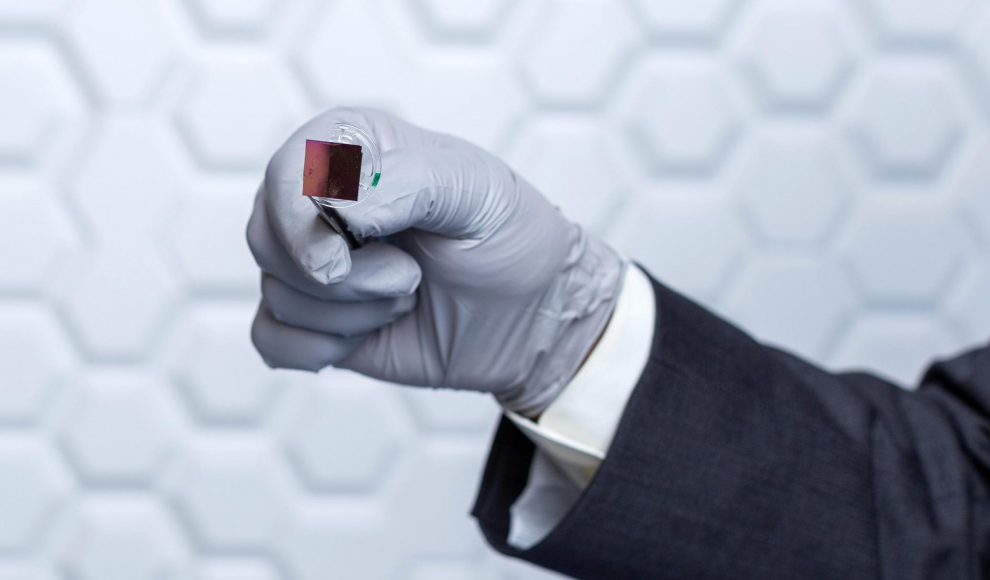A new nanochip has been developed that can reprogram tissue functions in the living body by transmitting specific genes through electrical impulses in a matter of seconds. Scientists at the Indiana University School of Medicine have created a nanochip that can convert tissue in the living body. According to their publication in the journal Nature Protocols, the chip can convert skin tissue into nerve cells and blood vessels. The technology is versatile and could be used to treat a variety of health problems. The silicon device could prevent and even reverse nerve damage caused by diabetes, and repair brain damage caused by stroke.
The nanochip uses a harmless electrical spark to reprogram tissue functions. This non-invasive device can transmit specific genes within seconds. In the laboratory, scientists were able to convert the skin tissue of an injured mouse’s leg into blood vessels and heal the wound. The nanochip is now being standardized for mass production. The researchers hope that other experts will be able to replicate the chip within a few days, allowing the regenerative therapy possibilities of the nanochip to be used globally in medicine. The scientists are currently waiting for approval from the Food and Drug Administration (FDA) to begin clinical trials with humans.
According to Chandan Sen, Director of the Indiana Center for Regenerative Medicine and Engineering, “This small silicon chip enables nanotechnology that can change the function of living body parts. For example, if a person’s blood vessels are damaged in a traffic accident and they need blood supply, we can no longer rely on the existing blood vessel because it is crushed, but we can convert skin tissue into blood vessels and save the endangered limb.” The nanochip has the potential to revolutionize the field of regenerative medicine and provide new treatment options for a variety of health problems.










